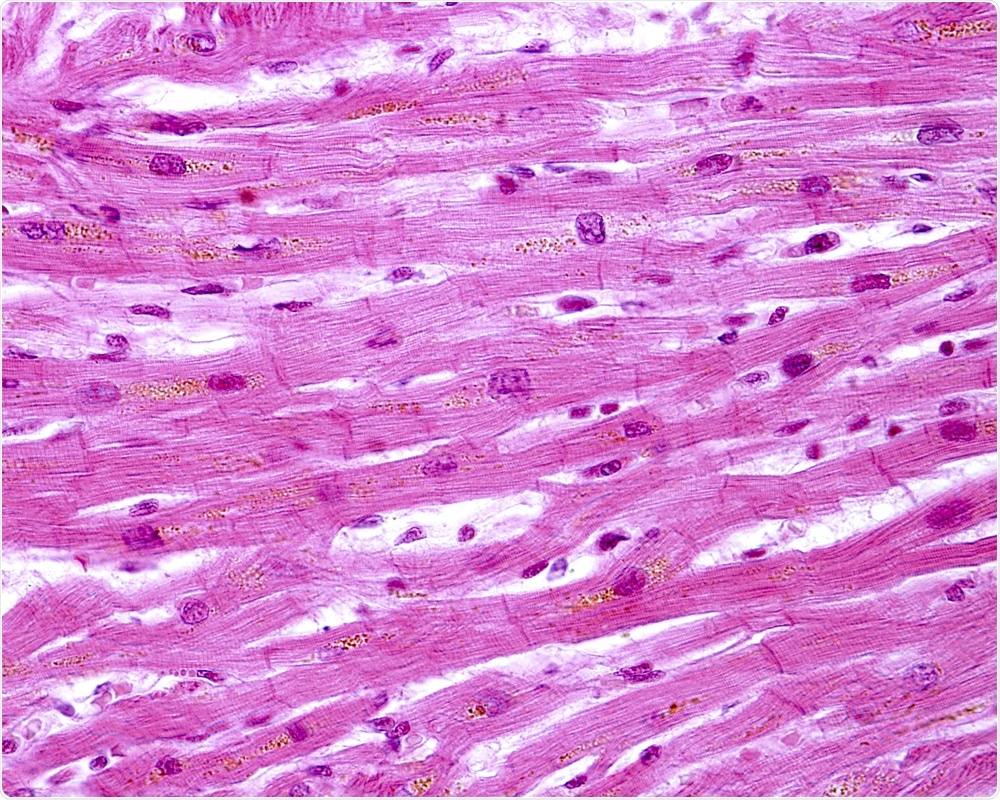Human-induced pluripotent stem cells (hiPSCs) can differentiate into cardiac myocytes and are employed in varied applications like formulating patient-specific disease models, or the estimation of new therapeutic compounds for treating specific cardiac diseases.

Cardiac Myocytes. Image Credit: Jose Luis Calvo/Shutterstock.com
The incorporation of these cell model systems into labs, similar to those at the Masonic Medical Research Institute (MMRI), has assisted in revolutionizing the present and future state of medical research efforts.
Dr. Jonathan Cordeiro, Research Assistant Professor at the MMRI, employed hiPSCs in his electrophysiology work from 2012. In a recently published manuscript, he employed hiPSC cardiomyocytes to analyze cardiac arrhythmias, or irregular heartbeats, to develop a scientific model to gain insights into the occurrence of these anomalies.
iPSCs are a great model for studying disease because they can be created in large quantities and are specific to humans. Their introduction to biomedical research has truly been a game changer in the way we do science.”
Dr Jonathan Cordeiro, Research Assistant Professor, Masonic Medical Research Institute
To investigate the efficacy and safety of novel pharmaceutical compounds on the heart, Dr Cordeiro associated with scientists from Norfolk State University (NSU) to distinguish these cells from cardiomyocytes (heart cells) and create mathematical tools to better estimate cellular response to drug treatment.
With deeper knowledge of how drugs alter ion channels and action potentials, researchers like Dr Cordeiro can identify which drugs have the highest efficiency with the least adverse effects.
Essentially, we are using math to help improve treatments for disease.”
Dr Makarand Deo, Associate Professor, Department of Engineering, Norfolk State University
Experiments are based on the efficiency and preciseness of the scientific models employed, a few of which include hiPSCs. As hiPSCs originate from human cells, this model provides a more accurate and direct means to foretell precisely how a novel therapy affects the patient.
The research was published on June 16th, 2021, in the journal Frontiers in Physiology.
The current work is an extension of earlier research carried out with associates at the U.S. Department of Health and Human Services. The researchers Akwasi Akwaboah, Bright Tsevi, and Pascal Yamlome from the Department of Engineering at NSU, and Maila Brucal-Hallare from the Department of Mathematics at NSU, contributed to the study.
Source:
Journal reference:
Akwaboah, A. D., et al. (2021) An in silico hiPSC-Derived Cardiomyocyte Model Built With Genetic Algorithm. Frontiers in Physiology. doi.org/10.3389/fphys.2021.675867.